NORTH AMERICAN CITIES WILL SEE MAJOR ECONOMIC BENEFITS BY SWITCHING TO 100% RENEWABLE ENERGY7/12/2018 While policymakers in national governments are debating whether or how much to address global warming, over 70 cities and towns in the United States alone have committed to transitioning to 100% clean, renewable energy in one or more energy sectors.
LEONARDODICAPRIO.ORG -- Each locality, though, needs a way to get there. In a new paper published this week in Sustainable Cities and Society, I, Dr. Mark Delucchi and 12 others from Stanford University and U.C. Berkeley provide roadmaps for 53 towns and cities across North America to obtain 100% of their energy from wind, water, and solar power plus storage. The cities include large ones, such as New York City, Mexico City, Los Angeles, Toronto, Montreal, Chicago, San Francisco, Atlanta, Boston, Denver, and Phoenix as well as small ones, such as Abita Springs (Louisiana), Boone (North Carolina), Moab (Utah), Denton (Texas), and Standing Rock (North Dakota), among others. The proposed transition timeline is an 80% conversion by 2030 and 100% by 2050. If such a transition occurs, the towns and cities collectively are projected to gain 93,000 more permanent, full-time jobs than are lost, reduce each person’s energy cost by about $133 per year, and eliminate a total of about 7,000 air pollution deaths per year, according to the study. Explore the Solutions Project interactive map to see what 100% renewable energy could look like where you live in the year 2050.The main idea behind the plans is to electrify or provide direct heat for all energy, then to produce the electricity and heat entirely with onshore and offshore wind, solar photovoltaics on rooftops and in power plants, concentrated solar plants, geothermal plants, existing hydroelectric plants, and small numbers of tidal and wave devices. Because the wind doesn’t always blow and the sun doesn’t always shine, storage will be needed as well. When excess wind or solar is available, it will be stored as electricity in batteries or pumped hydroelectric storage; as heat in water or underground rocks; as cold in water or ice; or in the form of hydrogen. Excess water will be stored in existing hydroelectric reservoirs, which are basically big batteries. When no direct wind, water, or sunlight is available, energy will be drawn from storage. Grid operators will also set prices to reduce electricity use during times of peak consumption, as is done now. Each energy sector will be transitioned as follows: transportation, including cars, trucks, buses, construction machines, ships, trains, and aircraft, will run on batteries and/or hydrogen fuel cells, where the hydrogen is produced from electricity. Building air and water heat will be provided by electric heat pumps, as will refrigeration and air conditioning. Cooktops will be electric induction. Leaf blowers and lawn mowers will be electric. High-temperature industrial heat will come from electric arc furnaces, induction furnaces and dielectric heaters. In other words, all combustion-based energy-consuming devices and machines today will be transitioned. No natural gas, nuclear power, biofuels, or coal with carbon capture will be needed. Such a transition is estimated, across the 53 towns and cities considered, to reduce end use power demand in 2050, compared with a “business-as-usual” case by 54-69%. This reduction is due to the higher work output per energy input of electricity over combustion; eliminating the energy used in mining, transporting, and refining fossil fuels; the efficiency of heat pumps over combustion heating; and end-use energy efficiency improvements beyond those in the business-as-usual case. From the end use power requirements calculated for each town and city, a mix of wind-water-solar energy generators was proposed based on the availability of renewable resources within the state that the town or city resides in. Subsequently, the numbers of jobs created and lost to build the new infrastructure and eliminate the old infrastructure were calculated. Changes in energy costs, air pollution health costs, and climate costs were similarly determined. The most important result is that all towns and cities examined can transition at low cost while, on aggregate, creating jobs, saving consumers money, and reducing climate impacts. The obstacles for such a transition are no longer technical or economic, but social and political. This result gives us hope for a brighter future for our planet.
0 Comments
From the residential consumer’s point of view, there are mostly pros when it comes to switching to solar.
FORBES -- If the consumer is adding solar while still having access to the grid electricity, I don’t really see a con, unless the cost of the solar system is prohibitive and financing is not available. First of all, the consumer gets almost free energy after the paying for the solar energy system, so you start saving on the electricity bills. Depending on the cost of the system, the payment is recovered from these savings over a certain period of time. That time depends on the initial cost, any financing costs, maintenance costs and price of the energy the consumer is saving. In most cases, the cost of a solar water heater or a PV system could be recovered in 5-10 years. The time could be smaller if any government incentives (tax credits etc.) are available. A solar system increases the value of the house also. On top of that, the consumer has the satisfaction that he/she is contributing to a cleaner environment. One additional advantage we have seen as a consumer using a solar water heater is that it comes with a large storage tank. Therefore, if one member of the family takes a long shower, the others don’t have to wait for the water to heat up before taking a shower. This is the main reason we have had a solar water heater on every home we have owned since 1979. The situation from the electricity provider’s view point is a bit different. The pro for them is that solar systems produce the most energy during their peak time, which reduces their peak load, that is usually provided by less efficient equipment. And they don’t have to invest in additional equipment just to cover the peak load. The con for their side is that if a lot of residential customers have PV and PV generation becomes more than about 20% of their load, it introduces instability in the grid. However, if energy storage is introduced whether on the consumer side or the provider side, it can alleviate that problem. In Miami, the rising sea is already an ineluctable part of daily life. Everyone is affected
THE NEW YORKER -- whether storm flooding forces a small-business owner to shut down for a few days (at tremendous cost), or daily tides hinder students commuting to school, or the retreating coastline forces people to abandon their homes. There are other, less obvious, but equally troubling impacts. People’s increased contact with overflow water from urban canals and sewers is a significant health issue. Low-income communities of color—like Liberty City and Little Haiti—also face rising housing costs as residents seek higher ground. Some have started referring to this as climate gentrification, “a trend of underserved communities being taken over by investors and developers due to rising sea levels,” Valencia Gunder, a community organizer, explained. Historically, “low-income communities of color were forced to live in the center of the city, high above sea level. Now that the sea level is rising, that puts us in prime real estate.” Gunder is one of the many Miami residents who appear in this video series, which focusses on the high-stakes questions that arise as people begin to adapt, and the factors that help create and strengthen resiliency for what’s ahead. “Every adaptation project is an opportunity to improve our environmental quality,” Tiffany Troxler, a wetlands biologist, said. “And to improve social equity.” As the average global temperature increases, sea level is projected to rise more than one foot by 2045, which would put a fifth of Miami underwater at high tide. While the entire East Coast of the United States is at tremendous risk, Miami is particularly vulnerable. Its underlying bedrock is limestone, which makes the effects of sea-level rise particularly insidious. “Limestone is very porous, so salt water can seep up,” Ben Wilson, an environmental scientist, said in an episode that examines the intersection of ecology and development. “We can’t just build a wall to keep salt water out.” Along the shoreline, freshwater marshes, which act as natural coastal buffers against storm surge, are collapsing because of increased salt-water intrusion. Once those grasses are gone, storm waters will flood Miami much more quickly. The economic effects will be staggering. Tourism and property taxes—derived from real-estate development—are the region’s two main sources of income. “There are many in the business community, and even government officials, who feel we shouldn’t talk about it,” Wayne Pathman, a real-estate lawyer, said. “But it’s too late for that.” The median family income in Miami-Dade County is roughly forty-five thousand dollars—not high for a metropolitan area. The hardest-hit communities will be, and have already been, those with the fewest resources to adapt and rebuild. “With climate change there already are winners and losers,” Jesse Keenan, a Harvard professor who teaches courses on climate adaptation, said. “The idea, as a matter of public policy, is how do we subsidize and and support the most vulnerable populations, who are very often the economic losers.” There is no easy answer. But the people featured in these videos are, at least, trying. “I love this place,” one activist told the filmmakers. “I love the people, I love the diversity and the colors and the richness. I love that cross-cultural mix we have going on here. The question is, ‘Can we live here much longer, and safely? And if so, how much longer, and how safely?’ ” Some residents are planning real-estate development and new infrastructure to attempt to keep the city dry. We’re no strangers to GoSun’s lineup of solar-powered ovens. The company has been creating and crowdfunding its unique outdoor cookware since 2013.
DIGITAL TRENDS -- Five years later, it’s back again with its latest project. It’s called the GoSun Fusion, and it goes a bit beyond solar power. Rather than relying exclusively on our favorite star to provide power, the Fusion integrates an electric heating element, which is to say, it fuses solar power with more traditional cooking power. Like all GoSun ovens, the Fusion features its trademark cylindrical cooking chamber that derives its heat from two parabolic reflectors, responsible for capturing heat from the sun and transferring it into the cooking chamber. While this is particularly effective on a sunny day with plenty of direct exposure to the natural power source, it’s not quite as useful when the forecast is cloudy or in the evening. But that is where the Fusion comes in. GoSun introduced a 150-watt electric heater to its latest product, which can be powered either using a car’s cigarette port or a lithium ion power bank (though that costs extra). If you want to get fancier and more expensive still, you can elect to receive a solar panel charger for the battery pack, though this seems to be a bit redundant given that the entire contraption is meant to provide an alternative to solar power. According to GoSun’s founder and CEO Patrick Sherwin, the cooking chamber of the Fusion can reach a toasty 550 degrees Fahrenheit, and with plenty of direct sun, can cook a meal for five people in an hour. Sure, that’s a long time, and you won’t be able to sear or broil your meal, but it’s still a much cleaner energy option than other products on the market (not to mention a pretty neat device in and of itself). The GoSun Fusion is currently seeking funding on Kickstarter, where it has already blown past its original funding goal of $30,000. With nearly two months left, it’s already raised nearly $110,000. Of course, you should always exercise caution before backing a crowdfunding project, but if you’re intrigued by the Fusion, the GoSun team is offering early bird pricing of $299 for the most basic version of the Fusion, and $619 for the most souped-up, solar panel charger battery pack version. Units are slated to ship in April 2019. Batteries will attract $548 billion in investments by 2050 as costs fall and homes and businesses push to use more clean energy.
BLOOMBERG -- That’s one of the conclusions of the New Energy Outlook released Tuesday by analysts at Bloomberg New Energy Finance. Batteries will become increasingly viable on the grid as demand for electric cars spurs manufacturing of lithium-ion systems, driving down prices. Batteries will allow more solar and wind to meet demand -- even when the sun isn’t shining or wind isn’t blowing, helping end the era of fossil fuel dominance on the grid by mid-century, BNEF said. Battery prices are expected to fall to $70 a kilowatt-hour by 2030, down 67 percent from today, according to the report. BNEF expects 1,288 gigawatts of new batteries to be commissioned by 2050. Battery Boom Growing investments in energy storage will drive the growth of wind, solar. Acumen founder Jacqueline Novogratz issued a powerful challenge to the roomful of CEOs at Fortune’s CEO Initiative conference on Tuesday: Business had the technology revolution; now it needs a “moral revolution.”
FORTUNE -- Describing her journey of leaving a successful career on Wall Street three decades ago to start a microfinance institution in Rwanda—which turned into more than $100 million in investment across 108 companies around the globe that has used entrepreneurism to bring services to more than 270 million people in the developing world—Novogratz shared lessons and advice for CEOs seeking to help solve the world’s most pressing issues. Among Novogratz’s lessons: Empathy alone isn’t enough, she said, because empathy allows power dynamics to remain intact. “We don’t really have to change if we feel another person’s pain,” she said. Instead, solving the world’s problems calls for business leaders to channel their “moral imagination.” Partnering, she said, is critical for scale. She cited Acumen’s eight-year partnership with global consulting firm Bain, which includes senior partners coming into Acumen’s offices and a total of 52,000 hours of pro bono consulting, but also “reverse apprenticeships.” These involve Bain embedding its young leaders in externships at Acumen initiatives in the field—in Ethiopia, say, or post-conflict Colombia—after which they come back with a different level of understanding of things like the supply chains in which their large-corporate clients are working in. “It makes them better leaders,” she says. Along the way, Novogratz says she’s learned a lot about the commonalities between the companies and entrepreneurs that succeed and those that fail. It comes down to one word, she says: character. “Those that have the character let them fight the bureaucracy and corruption and let them fight in long-term, gritty ways.” The enterprises that win, she says, “have won in really big ways,” like the Mumbai-based company that has redefined emergency health delivery with 3,500 ambulances in rural India, or two entrepreneurs out of Chicago who addressed Ethiopia’s protein deficiency by creating EthioChicken, which produces highly fertile, disease-resistant chickens and sells them to small farmers. The key, she says, is betting on the right entrepreneurs “on the edges” and bringing them to the center. She also encouraged the group to embrace the contradictions between peoples and beliefs, but try to move toward the center—and encourage others to do the same—in the name of the “radical idea of creating hope in a cynical world.” “Even if you seem to be at the polar opposite of me, I can find a partial truth and move toward you,” she said, citing the poet Rumi: “Beyond right doing and wrongdoing there is a field. I’ll meet you there.” As we move towards renewables in our efforts to decarbonise our economies, energy storage is becoming increasingly important. Could householders become an integral part of national electricity networks?
BBC -- When Adam Courtney decided he wanted to reduce the energy bills at his "not particularly energy efficient" Grade II listed house in Godmanchester, England, solar panels were the obvious answer. But, he says, he soon realised that the savings weren't as great as he'd hoped. Renewable sources of energy don't necessarily deliver at the right time and cloudy days saw his family drawing heavily on the national grid. Meanwhile, he had spare capacity on sunny days, but got very little in return. "We'd ended up feeding back into the grid, but the payment is tiny, so I ended up thinking 'why do that?'," he says. Instead, the data centre owner decided that he himself could make better use of the electricity he was generating, if only he were able to store it for when it was needed. He started researching battery storage - even at one point considering building his own system - before opting for a Tesla Powerwall that can store the excess energy generated by the solar panels. The unit and supporting hardware costs just under £6,000, with installation costs of up to £3,000 on top. But it enables him to buy energy at cheaper times, lowering the running costs of both his home and the family's two electric cars. "With Economy 7 there's cheaper electricity at night and the Powerwall knows it's going to be sunny tomorrow so it knows how much power to buy," he explains. "My bill was £140 a month, but I spend £25 a month now on electricity, and most of that goes on the cars." More energy storage providers - such as Ovo Energy, Powervault and Moixa are entering the market - particularly as electric vehicles (EVs) promise to become a useful addition to the domestic energy mix. BMW i3 batteries are already being used to store windfarm energy in Wales, so it makes sense to integrate such car battery tech into homes. In the meantime, Tesla is leading the charge. Its wall-mounted battery the size of a fridge door can be installed inside or out. An array of electrical current sensors monitors energy usage and how much solar energy is being produced, while intelligent forecasting software predicts future usage and production. "Based on the varying cost of electricity from the grid, Powerwall optimises the times it charges and discharges," says a Tesla spokeswoman. "As Powerwall learns, you get the most value from your solar production without having to change how or when you use energy." Meanwhile, Ovo Energy has launched a suite of batteries that can be used with or without renewable energy generation. "I would describe the Tesla system as being designed to operate primarily on its own," says chief executive Stephen Fitzpatrick. "You have to have generation. Ours is designed to be integrated into an existing grid." Ovo's system helps householders make the most of cheaper off-peak energy - which can be roughly half the peak price - and also integrate the energy stored in their electric cars. There's no need for solar panels or any other form of power generation; customers can simply charge their batteries overnight and export spare electricity back to the grid during the day. Ovo's software, VCharge, manages this ebb and flow, drawing on information such as weather forecasts and television schedules to predict periods of high demand. The obvious benefit to Ovo as an energy provider is that the technology flattens out the peaks and troughs associated with electricity daily demand, making it easier and cheaper to maintain a regular supply. "But that translates into smaller bills," Mr Fitzpatrick points out. The company's testing its technology in Orkney, Scotland, by installing its systems in local homes and allowing VCharge to control storage heaters and hot water cylinders. "We're managing hundreds of devices and balancing that with a local wind farm," says Mr Fitzpatrick. "In the past, the turbines often had to be turned off because the network didn't have enough capability." Ovo thinks the energy saved could power the equivalent of 2,000 homes for a year. "Storage has an important role to play supporting the country as it makes the exciting transition towards more low-carbon sources of generation, like wind and solar power, providing ever increasing system flexibility," a spokesman for the UK's National Grid tells the BBC. But to have any significant effect at a national level, home energy storage needs to reach massive scale, and cost is currently an issue, with systems costing several thousands of pounds. Without serious government subsidies, householders would not recoup their costs for years. "While the technology is proven and works, it's still at a nascent stage and doesn't benefit from economies of scale in production," says Nick Browne, an analyst at energy research consultancy Wood Mackenzie. "Therefore it's currently expensive. "But we expect that battery costs could fall by 50% by 2025. If this happens, battery installations will grow significantly, boosting renewable energy penetration further and reducing the role for fossil fuel generation." In south Australia, Tesla is installing its kit in 600 homes this year, and up to 50,000 by 2022. The aim is to create a "virtual power plant" with 250 megawatts of solar energy and 650 megawatt-hours of battery storage. "At key moments, the virtual power plant could provide as much capacity as a large gas turbine or coal power plant," Tesla claims, leading to lower bills and a more secure supply. But this is still very small beer compared with the amount of energy stored by pumped hydro, which accounts for 96% of all energy storage worldwide. These are early days for home energy storage, but for some householders the cost isn't an issue. "Financially, it's not there yet, but I'm not doing it for financial reasons," says Warren Philips of Shoreham, Kent, another Powerwall user. "It's about my daughter and changing the world for her." Despite serving a valuable purpose to us all, tech companies have been criticized for years for their exorbitant energy consumption. Data centers are the backbone of the internet and keeping all that information just a click away requires a lot of electricity.
EARTH911 -- A transition to renewable sources is underway, which cloud users can encourage by choosing their online service providers based on what energy sources the service uses. Data centers use up to 3 percent of all U.S. electricity and the information iechnology sector is responsible for 7 percent of global electricity consumption. The term “dirty cloud” was even coined to refer to the coal and other high-emissions fuel sources that power cloud computing. Since 2009, Greenpeace has been putting pressure on some of the more polluting tech companies while praising greener ones. When examining the energy footprint of tech companies, some clearly lead the way in the corporate use of renewable energy deployment, energy transparency, advocacy, and energy efficiency innovations. The Greenest Internet Companies Apple, Google, WhatsApp, Instagram, iTunes, LinkedIn, YouTube, and Facebook all received high scores in the 2017 Clicking Clean report by Greenpeace. Amazon, eBay, Etsy, HBO, Netflix, and Vimeo received mediocre scores from Greenpeace, while Hulu, Pandora, Pinterest, SoundCloud, Twitter, and WeChat received poor ratings because they rely heavily on coal and other unsustainable energy sources. In addition to sourcing renewable energy, the highest-ranking companies have also put in place energy efficiency improvements to cut overall use in the business. There has also been a shift in recent years towards larger, more efficient data centers. Higher server utilization rates, that is, getting more from each watt of power expended, and improved data center design have reduced the energy required for non-computing purposes such as equipment cooling. This has helped slow the growth of data center energy consumption. Google Leads the Way in Clean Energy Google is the largest corporate purchaser of renewable energy globally. It has been involved in numerous utility-scale wind and solar energy projects across the globe. Google — along with Facebook and Apple — was among the first corporations to make a 100 percent renewable energy commitment several years ago. Google has also done a lot of work with clean energy on its campus. It installed the largest corporate solar energy system of its kind with 1.7 megawatts of capacity in 2007 at its Mountain View, California, campus. Google also operates a 970-kilowatt cogeneration system powered by local landfill gas that produces heat and electricity for its campus. Corporate Use of Renewable Energy Tech companies are not alone in their use of renewable energy. When President Trump announced that the United States would back out of the Paris climate deal, many U.S. corporations voluntarily committed to increasing their use of clean energy while reducing emissions to maintain their Paris commitments. “You’re definitely not seeing corporations slow down their appetite for renewables under Trump — if anything, demand continues to grow,” said Malcolm Woolf, senior vice president for policy at Advanced Energy Economy, a clean energy business group. “And it means that many utilities increasingly have to evolve to satisfy this demand.” Large corporations can create power purchase agreements with energy companies to build new solar and wind energy projects. Some retailers, such as Target and Walmart, have also used their roofs to host solar arrays. Although this is an innovative use of empty space, rooftop solar is not possible at all business locations, making power purchase agreements more appealing for most large companies. Last year, 19 large corporations announced deals with energy companies to create 2.78 gigawatts of renewable energy generation capacity. In 2018, Microsoft, Facebook, AT&T, and Walmart have announced the largest capacity corporate renewable energy deals. The cost of wind and solar energy has come down in recent years, causing a surge in clean energy demand. Renewable energy has achieved grid parity in many markets. Apple announced that it believes it will save hundreds of millions of dollars over the life of the contract from its $850 million California Flats project. The surge in corporate use of renewable energy is largely economic, although pressure from consumers and nonprofit organizations has helped fuel this trend. Smaller Companies Left Behind Although large corporations have taken a leadership role in the renewable energy movement, smaller companies are getting left behind. These companies currently have fewer opportunities to get involved, hindering growth. Economics promises cheaper renewable energy, but the pace needs to be accelerated by large firms embrace of wind, wave, and solar generation. “If we can show utilities that the demand is there, that could convince regulators to expand these programs and allow access for smaller companies,” said Rob Threlkeld, global manager for renewable energy at General Motors. |
James Ramos,BPII'm your go to solar energy expert here to guide you step-by-step through all of your solar options. Categories |
James The Solar Energy Expert
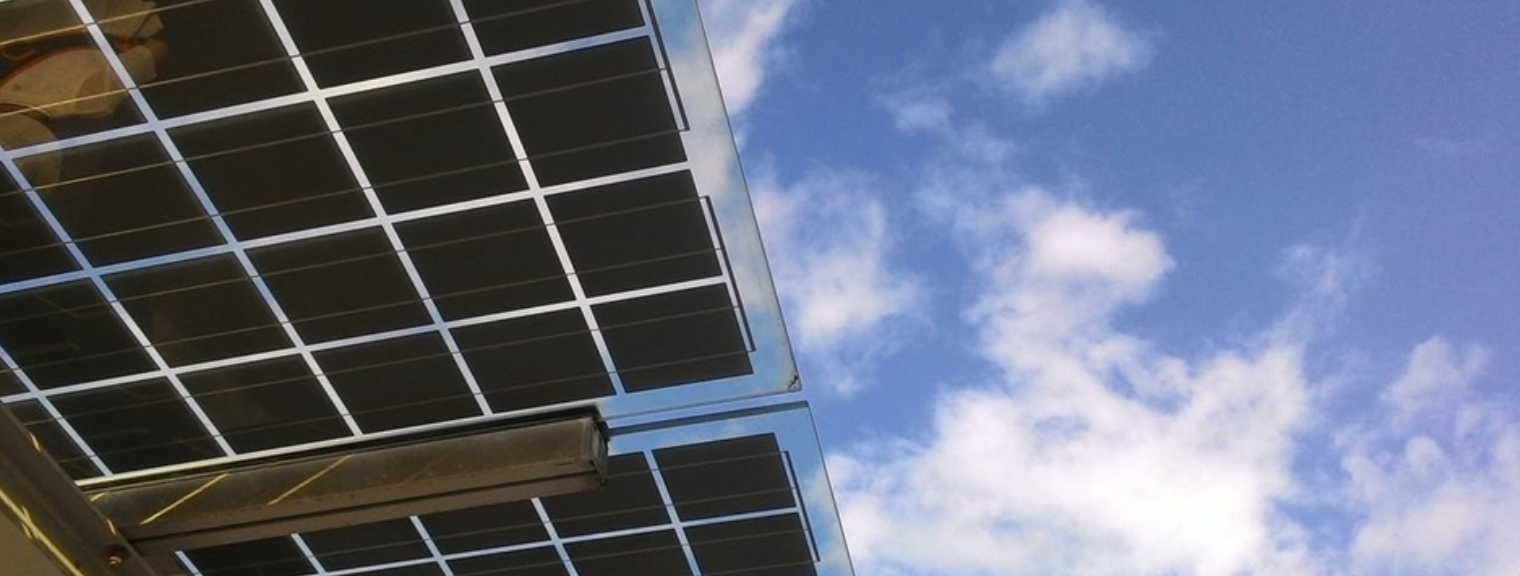
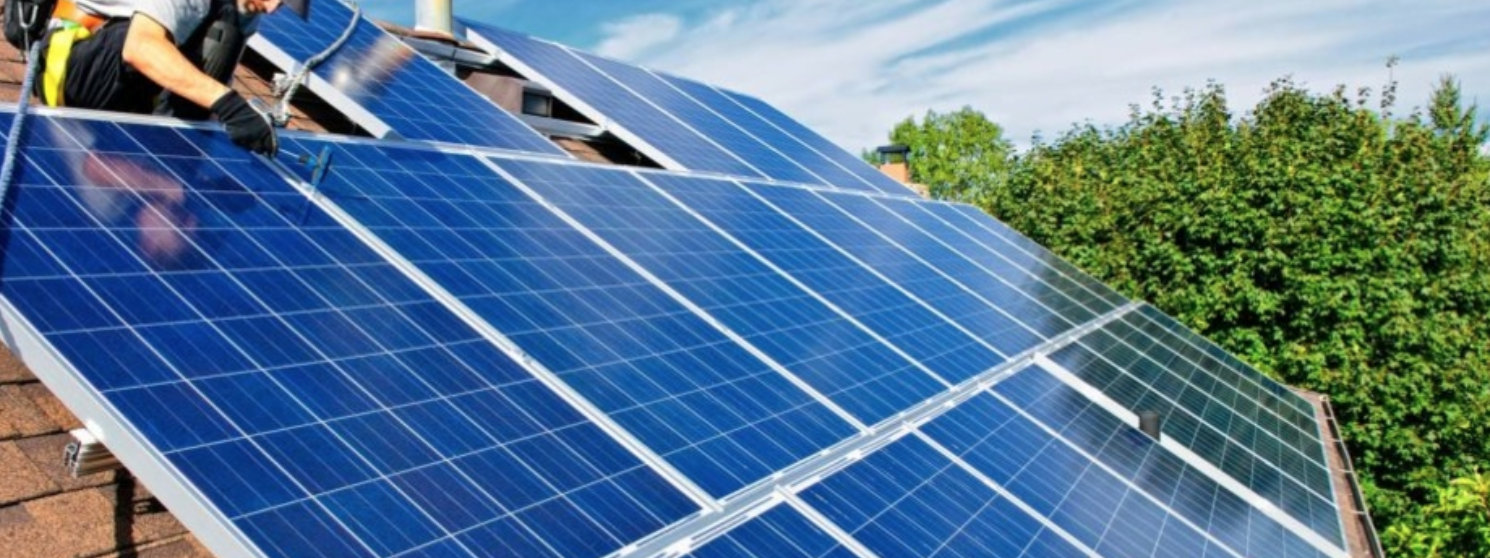


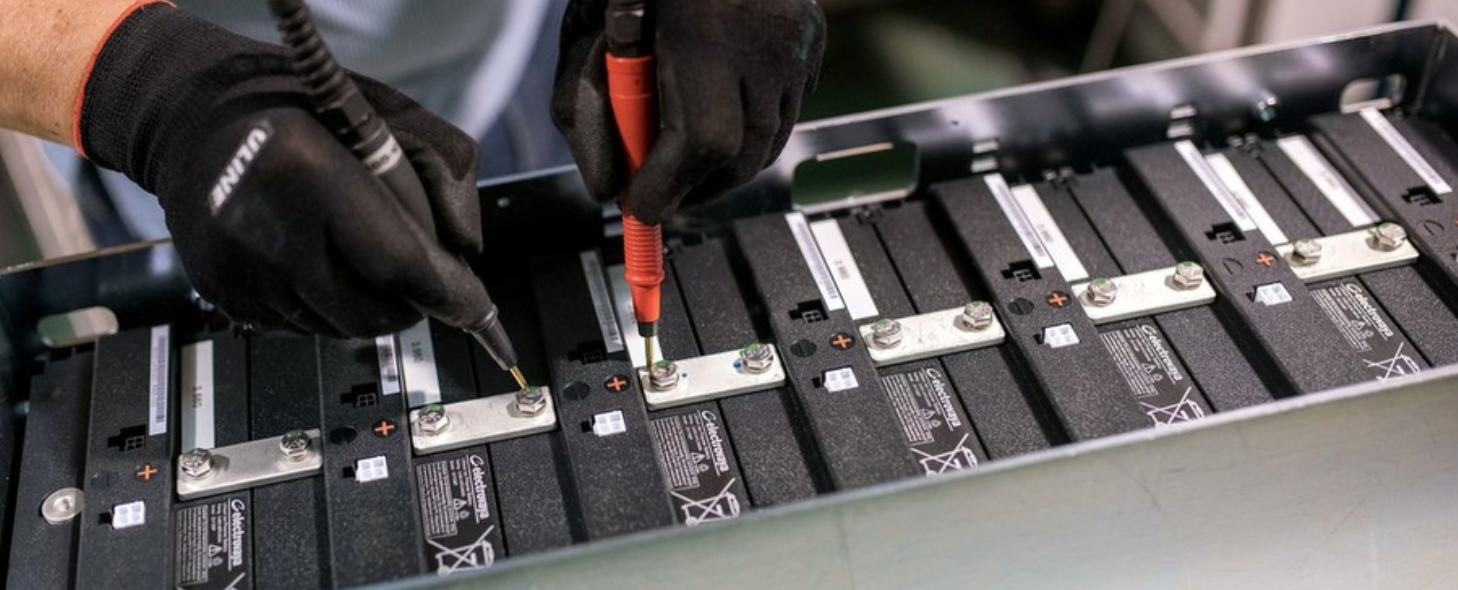
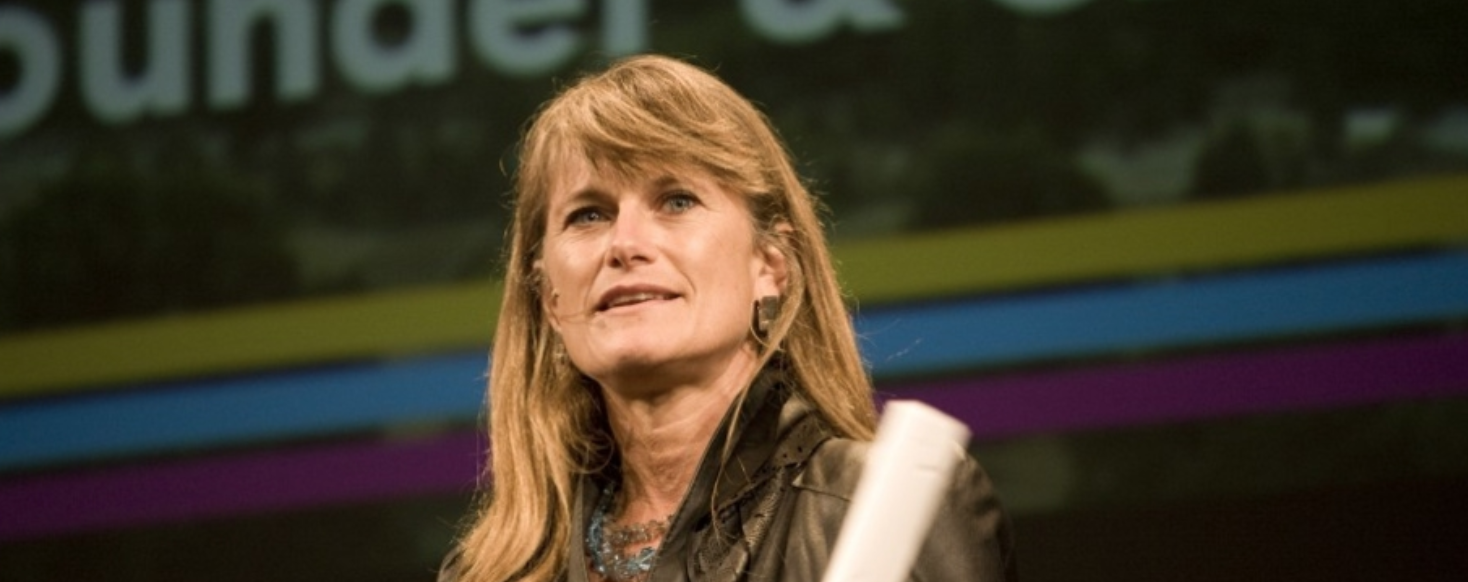
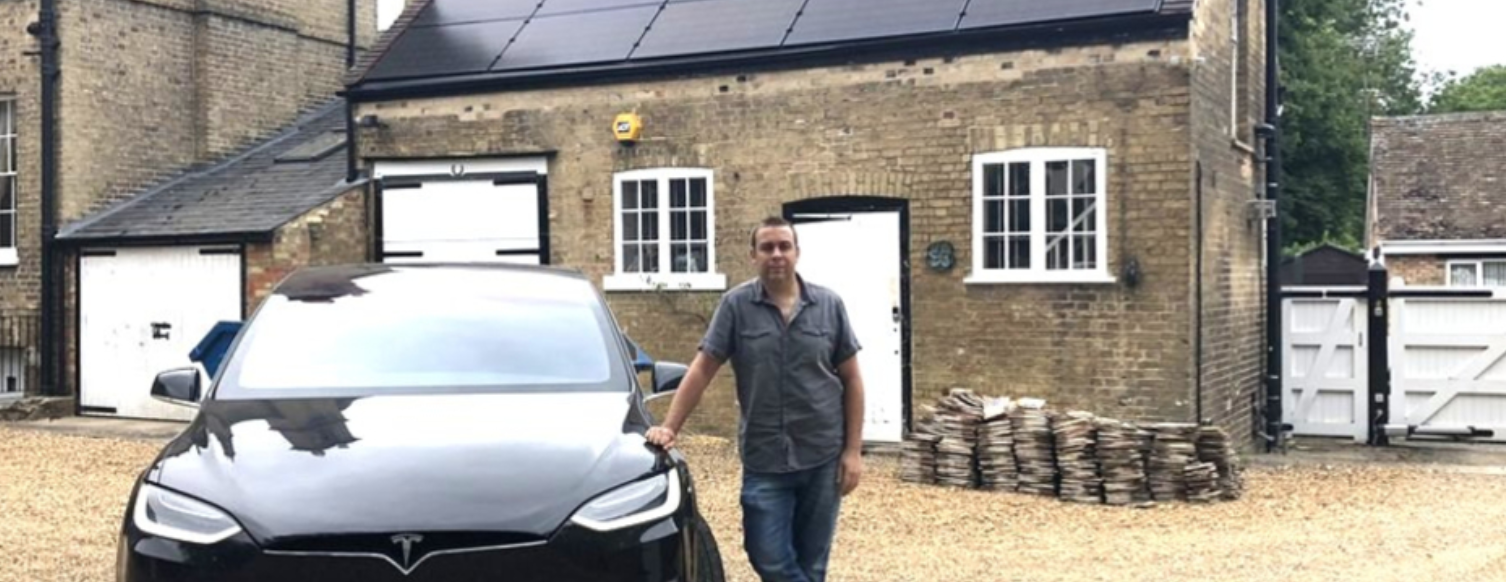

 RSS Feed
RSS Feed
